#pacific gull
Text
blurry but pacific gull!! a lifer for me!!!! been wanting to see one for a while now
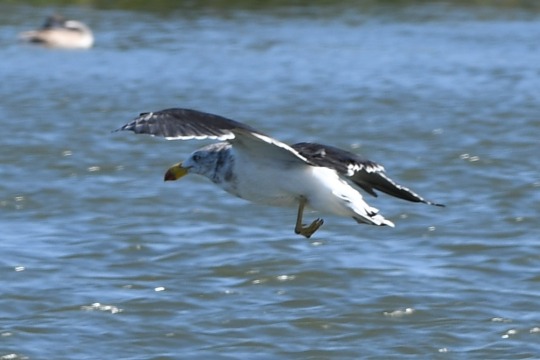

#birds#birding#ornithology#special interest#bird#bird photography#birdblr#australian birds#pacific gull#laridae
48 notes
·
View notes
Text


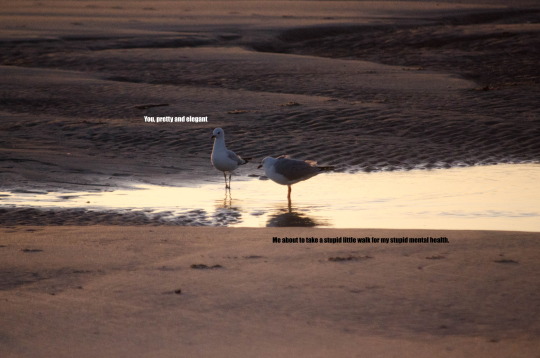
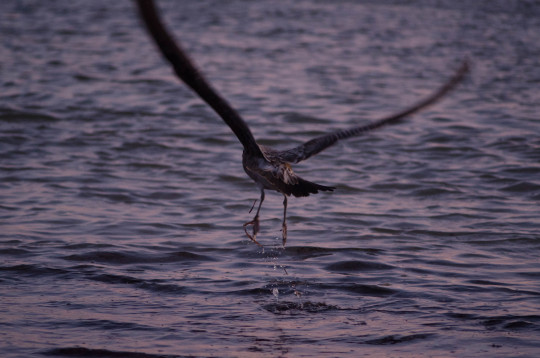
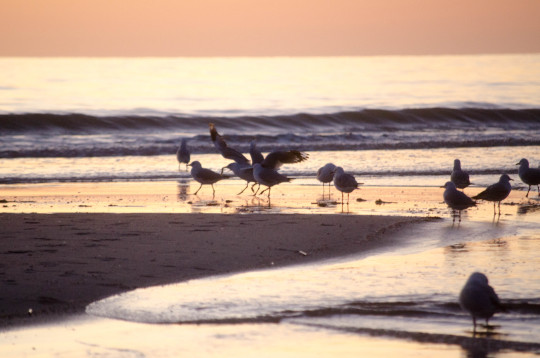
Been trying to get out more. This weekends Bird Photos.
13 notes
·
View notes
Text
Round 1, Side A: Match 3
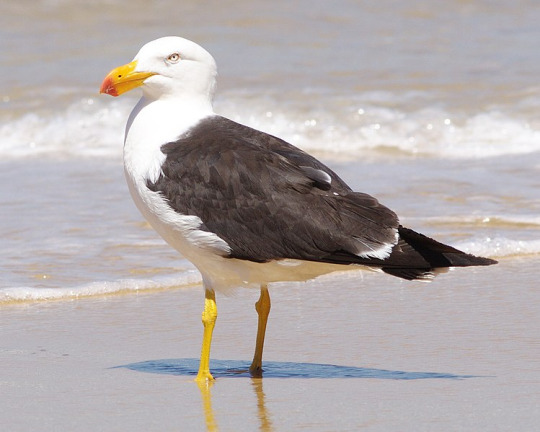

[Image ID: Two pictures of gulls. The left is a Pacific gull standing in the surf. The right is a pair of Franklin's gulls standing on rocks in water. /End ID]
The Pacific gull (Larus pacificus) is a large gull native to Australia. They typically measure 58-66 cm (23-26 in) in length and 137-157 cm (54-62 in) in wingspan. They have dark grey upperparts and wings, white head and underparts, yellow legs, and a very thick, powerful, red-tipped yellow bill. They frequently eat crabs, fish, and cephalopods, as well as insects, eggs, and other seabirds, and have been observed dropping shellfish and sea urchins from the air onto rocks to crack them open.
The Franklin's gull (Leucophaeus pipixcan) is a small gull found in central Canada and northern United States and migrates to winter in Argentina, Chile, Peru, and the Caribbean. They typically measure 32-36 cm (13-14 in) in length and 85-95 cm (33-37 in) in wingspan. They have a black hood, red bill and legs, white eye crescents, dark grey back, and white underparts which sometimes show a rosy pink cast. Their dark grey wings have black tips with white spots at the very tips of the primaries and a white band at the trailing edge. They feed on worms and insects, small fish, crabs, and small amounts of vegetation. When foraging in water, they sometimes swim in circles to create a vortex to bring prey closer to the surface.
Pacific gull image by Glen Fergus
Franklin's gull image by David A Mitchell
6 notes
·
View notes
Text
Pacific Gull

View On WordPress
0 notes
Text
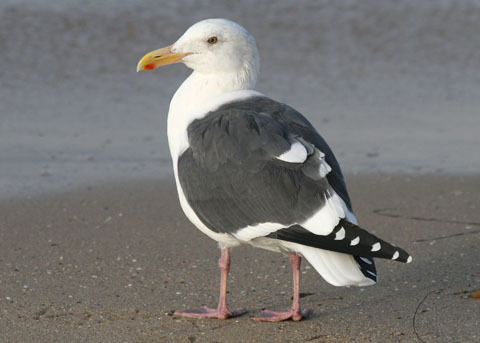
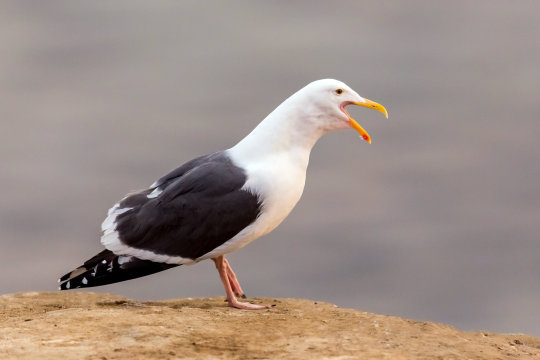
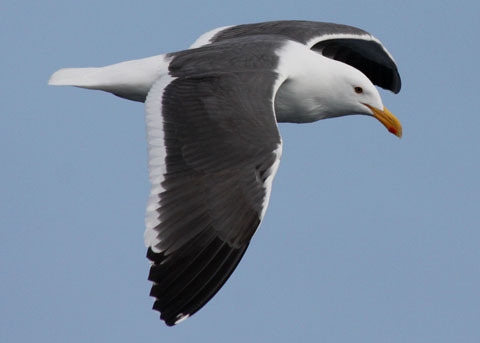
Western Gull, Best(ern) Gull
The western gull (Larus occidentalis) is a common sight throughout the western coast of North America, from British Columbia in Canada to Baja California, Mexico. Within this range, it is found almost exclusively near the coast or on offshore islands, and only rarely turns up more than 160 km (100 miles) inland or far out at sea.
One of the larger gull species, L. occidentalis weighs about 0.8-1.4 kg (1.8-3.1 lbs) and measures 130 to 144 cm (51 to 57 in) from wingtip to wingtip. The markings are fairly plain; adults of both sexes sport a white head and body and grey or black wings. The bill is bright yellow, with a red spot on the lower portion. Because of their simple plumage, the western gull bears a strong resemblance to several other gull species that inhabit the same region, including the California gull and the glaucous-winged gull. In fact, the western gull has been known to hybridize extensively with the glaucous-winged gull, and in some regions the hybrid population is larger than either parent species.
Western gulls establish territories as mated pairs within a larger colony, and once a territory has been established they almost never relocate. Courtship begins in the spring, around March, and is usually complete by May. Males establish a nest in the colony, and prospective females arrive to inspect it. After a brief ritual, the male and female become paired for life. A typical clutch consists of 1-3 eggs, which are incubated by both parents until they hatch about a month after laying. Chicks remain at the nest for an additional 10 weeks, but mortality for young western gulls is extremely high and only 1 in 3 typically make it to independence. Adults may live to be anywhere between 15 and 25 years old in the wild.
L. occidentalis is perhaps best known for its large and voracious appetite. While strictly carnivorous in the wild, individuals will consume a variety of unappetising foods including plastic, decaying plant material, garbage, and food scraps offered by humans. In their natural habitat, the western gull feeds on fish, marine invertebrates like crabs and snails, and terrestrial invertebrates such as earthworms, beetles, and carrion. This species is also known for stealing from other animals, and groups often establish themselves near other shorebird colonies in order to poach their meals. Adults themselves are seldom predated upon by other animals, but chicks may become food for predators like foxes and coyotes.
Conservation status: Based on their large and stable population, the IUCN has determined the western gull to be of Least Concern. The most common threats to this species are contamination from pesticides and herbicides, habitat loss, and consumption of inorganic materials like plastics.
If you like what I do, consider leaving a tip or buying me a kofi!
Photos
John C. Avise
Mick Thompson
#western gull#Charadriiformes#Laridae#gulls#sea birds#birds#marine fauna#marine birds#coasts#coastal birds#north america#western north america#Pacific ocean#animal facts#biology#zoology#ecology
86 notes
·
View notes
Video
Gull Lake SK Friday June 26th 1981 1350MDT by bill hooper
Via Flickr:
Eastbound passes the Gull Lake elevators on the Maple Creerk Subdivision in southwest Saskatchewan
23 notes
·
View notes
Text
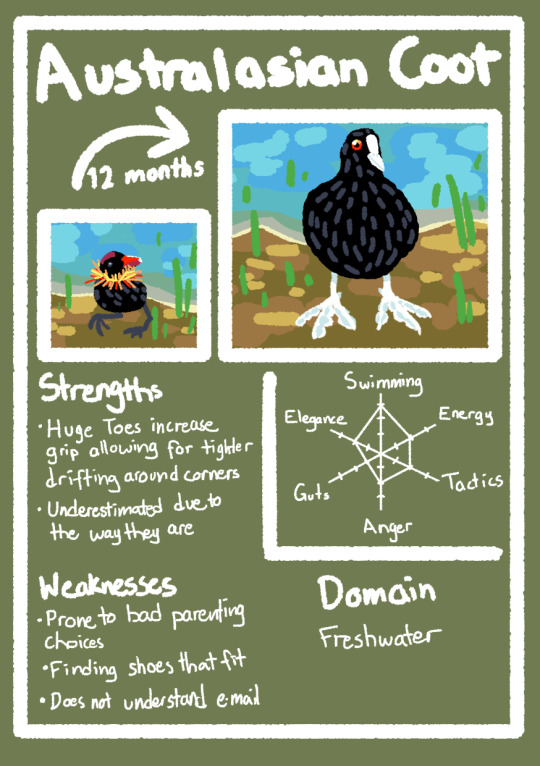
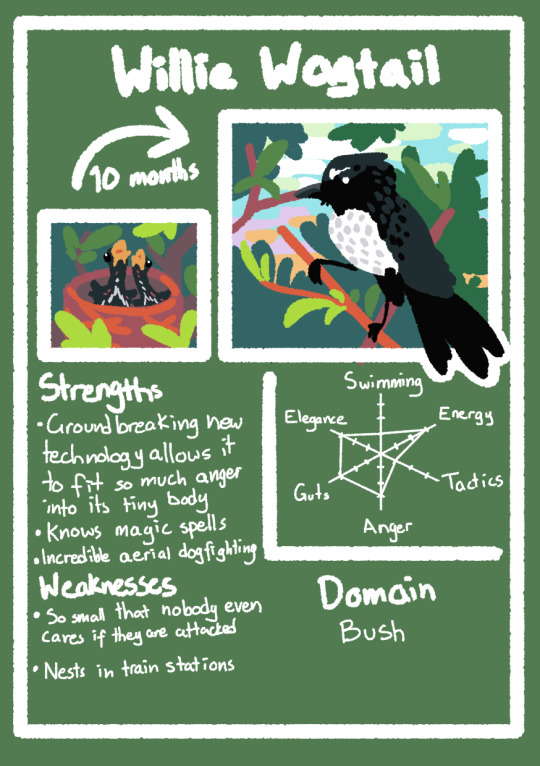

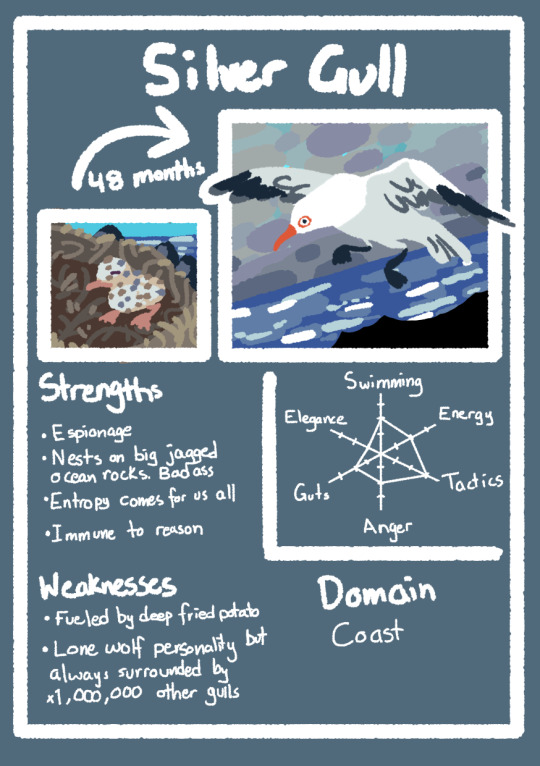
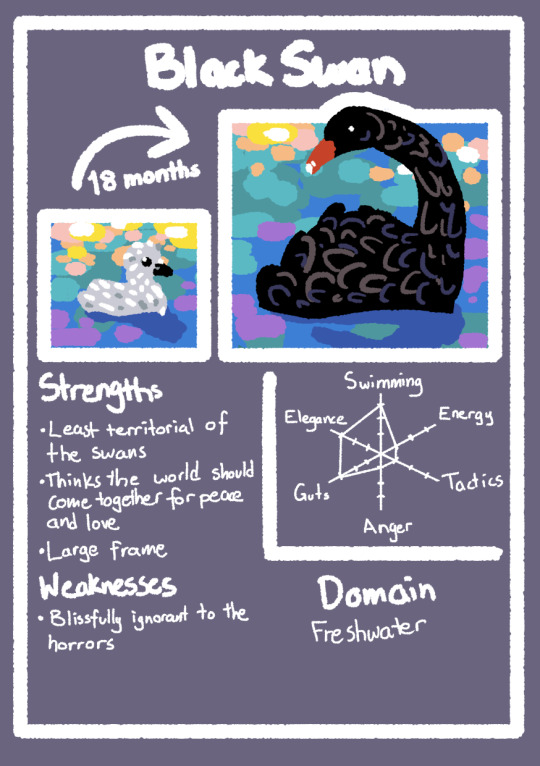
BIRD COLLECTING CARDS
Some of the birds from around where I live. Part of a uni project this semester. Wish I could've included magpies and ravens but the main focus ended up being on waterbirds and I ran out of time! Oh well
#maples garden art#coot#australasian coot#wagtail#willie wagtail#duck#pacific black duck#seagull#silver gull#swan#black swan#bird#bird art#birdwatching
49 notes
·
View notes
Text


Handsome
First sighting. Pacific Gulls at Wellington Bay, Elliston, SA
On my travels. These are the biggest gulls I've ever seen.
#original photographers#nature photography#wildlife photography#bird photography#Pacific Gulls#Wellington Bay#Elliston#first sighting
32 notes
·
View notes
Text

Bonaparte’s Gull (Chroicocephalus philadelphia)
Taken in the Pacific Ocean off the coast of California
Among the dozens of fin whales were flocks of hundreds of these gulls! They are one of the smallest gull species and are in the area following food sources during this time of year.
#Bonaparte’s gull#gull#sea bird#bird#photography#wildlife#wildlife photography#birding#Pacific Ocean#canon#canon 6d mark ii#animal#nature
41 notes
·
View notes
Text
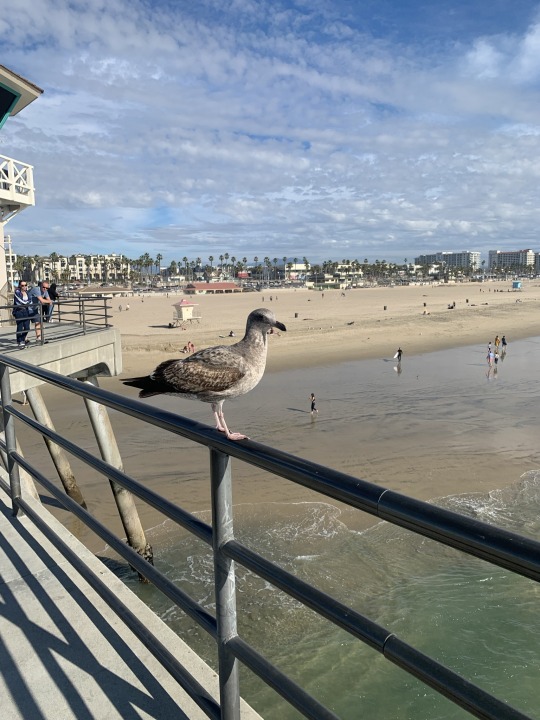
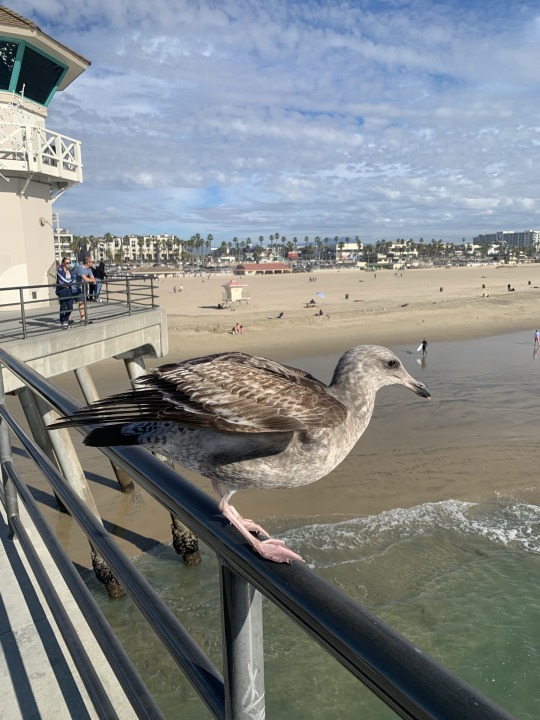




January 16, 2022
Huntington Beach, CA
3 notes
·
View notes
Text



we went up into the mountains today!
#photos#snoqualmie pass#pacific northwest#i dont talk about it much but i do LOVE living in the pnw.#used uv alert stickers for the first time. those were fucking BOMB i love them. just need better sunscreen and also to apply it guder#my back and shoulders are fucking Red-- but nothing else burned#so i will take it as a win#anyways. i fucking love the cascades. i love the pnw. i love mountain adventures with friends#i love wading through a freezing mountain river and jumping into a lake 2k feet above sea level and swimming around for hours#i love bringing food and drinks and telling dick jokes and talking about dnd#i love swimming out way farther than any of us realized in the pursuit of cool sticks and rocks and watching flocks of gulls with awe#i love 'scouting missions' to find the best way to get the car back out after some jackass tore up the road#i love fresh fruit from the farmers market and cheap sugary alcohol and really good salamis and making beach sandwiches with friends#there is so much good to be found in this world
6 notes
·
View notes
Photo

Phillip Island, VIC
2023
3 notes
·
View notes
Text

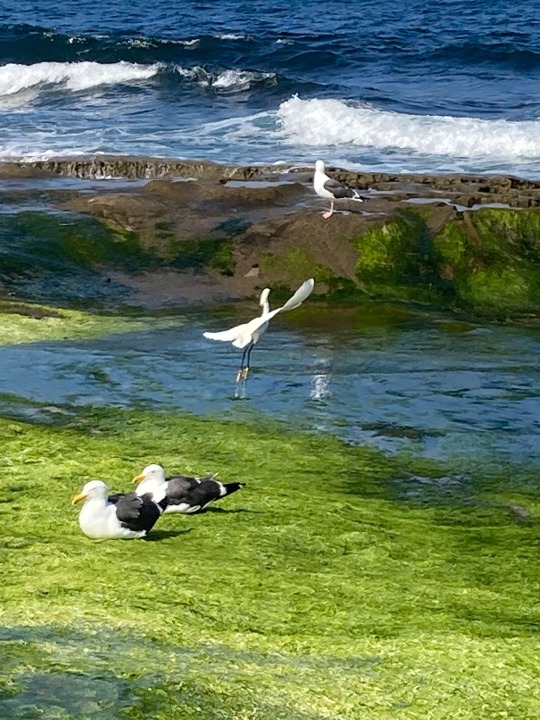
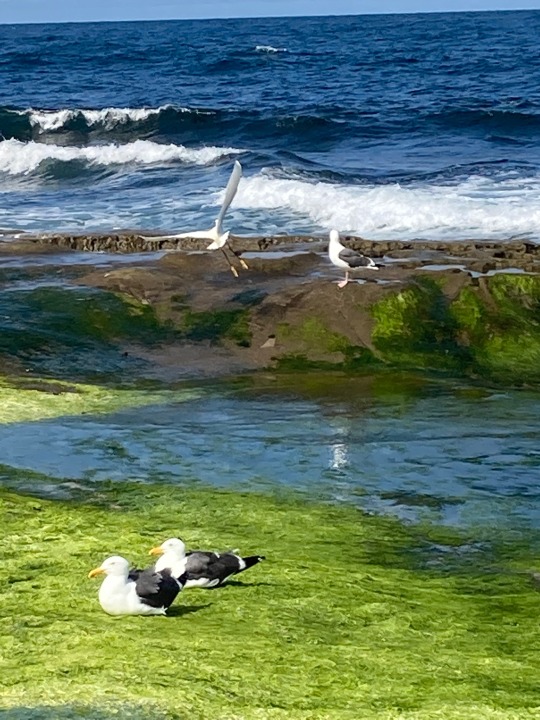


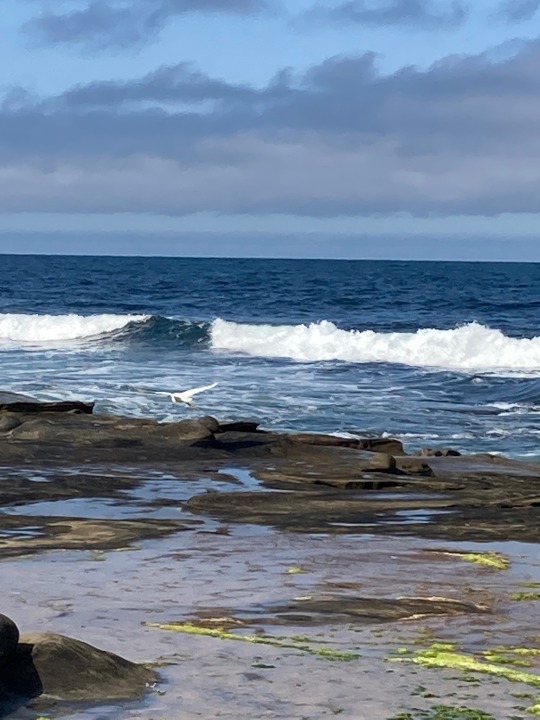
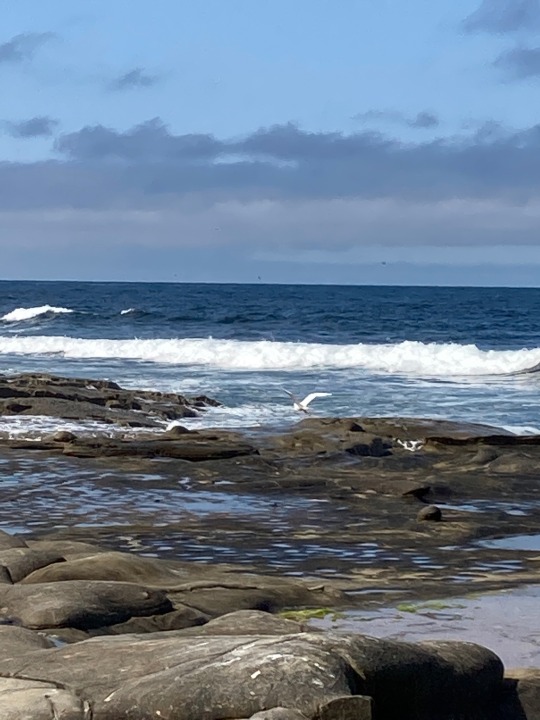
#snowy egret#egretta thula#egrets#herring gull#seagulls#larus#aquatic birds#marine wildlife#wading birds#birds in flight#sea rocks#tide pools#seaweed#algae#ocean waves#tide#pacific ocean#la jolla
15 notes
·
View notes
Text
they shouldnt be making me make two characters at the same time. im such a torture thing rn
#makotalk#theyre cool characters tho at least... one is a pacific gull aarakocra that found a weird pearl while fishing and is going a little insane#and has formed a pact with a sea deity because of it. and one is a marut that was given a soul by a lich and gained sentience#latter is for an evil campaign where we're playing as monsters (albeit scaled down in power for balancing)#former is for a seafaring campaign that may not be starting for a bit but im excited for it
2 notes
·
View notes
Text
Pacific Gull In Flight
Pacific Gull In Flight
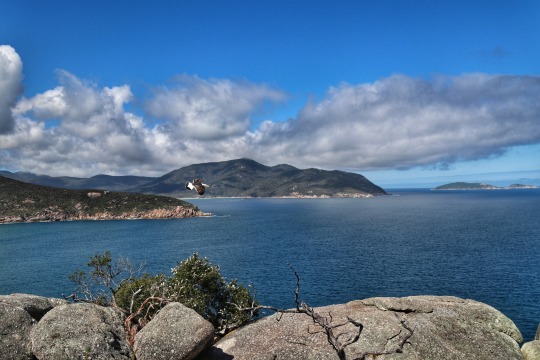
View On WordPress
1 note
·
View note
Photo

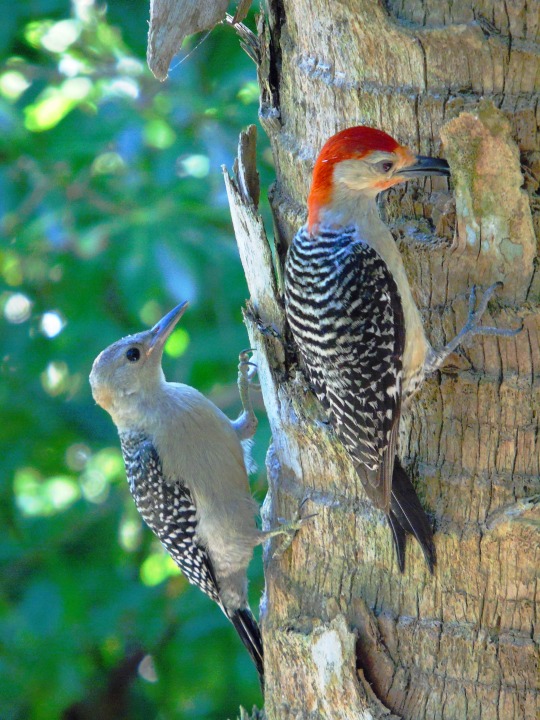







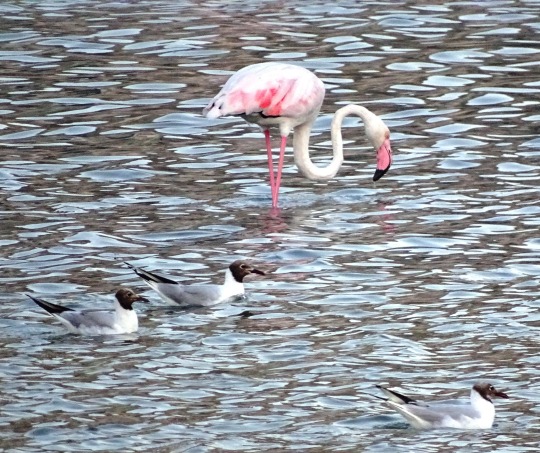
National Bird Day
Don your binoculars to spy these feathered friends in the wild, contribute to conservation efforts or raise awareness of birds in captivity.
The world is filled with a plethora of different species of birds. From cardinals to doves, from parakeets to parrots. Different people have different relationships with the various species of birds. As such, one could easily imagine that there could actually be numerous National Bird Days in the world, serving different purposes and perhaps varying by region.
What this day refers to, however, is known as National Bird Day, observed primarily in the United States. This is a bit different from occasions such as International Migratory National Bird Day, World Migratory National Bird Day, National Bird Day (UK), and several other National Bird Days which do not follow the same etymology as “turkey day”.
It is also worth noting that each of these is named for those avian friends, not the late Senator Robert Byrd!
The ‘National’ term might be a bit deceptive here, since it’s not actually a national holiday in the United States. For a day to technically be a national holiday, an Act of Congress is required, and there is no evidence that has ever happened. That being said, this delightful day is still popularly known as National Bird Day, regardless of whatever Congress might think of that.
So get ready to learn about and celebrate National Bird Day!
History of National Bird Day
Back in 1894, Charles Almanzo Babcock, the superintendent of schools in Oil City, Pennsylvania, declared the first holiday in the United States to celebrate birds. Babcock was passionate about the idea of advancing bird conservation as a moral value and it seems that his idea for the day caught on. Babcock’s National Bird Day eventually turned into what is now known as International Migratory National Bird Day, which is celebrated in May.
That day is not actually related to this National Bird Day, though, in terms of history. This particular version of National Bird Day was created as it marked the end of the annual Christmas Bird Count in the mid-21st century.
National Bird Day has been dedicated at least in part to raising awareness about birds that are held in captivity. This day is a project of the Avian Welfare Coalition, which works hard to raise awareness for birds that are captured or produced in captivity for either profit or amusement of humans.
Presumably that includes Aunt Marjorie’s parrot, the penguins in the Columbus Zoo, and that turkey that made the ultimate sacrifice to grace the family’s dinner table for Thanksgiving back in November. After all, a holiday that marks the end of three weeks of focusing on wild birds that occurs during the Christmas Bird Count would appropriately focus some attention on captive birds.
The goal of the day is to educate folks on the destructive tendencies of the bird trade, the cruelty of bird breeding mills, and ideas for helping and improving the lives of birds that are already living in captivity.
How to Celebrate National Bird Day
Looking for ideas on how to celebrate National Bird Day? Well this list is a great way to begin. Try out some of these ideas or come up with some of your own:
Learn More About Birds
Birds are important for a variety of reasons. They are a valuable part of nature’s ecosystem. Many of them sing and quite a few of them even look pretty! Of course, many species of birds are also eaten by humans, but it does seem that it might be a little inappropriate to go quail hunting in honour of National Bird Day, no matter how delicious quail might be.
Visit Unique Birds in Their Natural Habitats
Forgo the zoo and head on over to places where the birds actually live and thrive in their natural habitats. For some bird lovers, this could simply mean taking a walk in the forest with some bird watching glasses to spot some unique creatures.
For others, this might mean building an entire vacation to an exotic place to see tropical birds in their natural homes. Many different Eco-tour companies will offer limited viewing opportunities for those who want to travel around the world to see parrots in Guatemala, Tenerife, Belize, Honduras and more!
Help with Bird Conservation
Raising awareness, getting involved and making a donation are all ways that bird lovers can celebrate National Bird Day. Host a charity event or party to let friends and family enjoy an evening while learning about the important reasons behind National Bird Day. Get together for a meal, watch a documentary, and then let people know about these ways they can make a donation to these important support bird conservation efforts:
Indonesian Parrot Project
Helping protect endangered parrots and cockatoos from trappers, smugglers, transporters and traders.
Hatched to Fly Free
This organization works to breed and then release beautiful, colorful macaws in the nation of Costa Rica.
One Earth Conservation
Empowering people to save the planet, this organization helps to educate and build programs to love nature, with a specific focus on parrots.
Visit the National Bird Day Website
There’s also a website at National Bird Day, for those who want to learn more about the folks who are actually promoting this day, this website is a great place to start. It’s filled with resources and information to educate adults and children about the difficulties faced by so many birds in captivity today.
Get Educated on the Risks of Bird Extinction
On a serious note, approximately 12 percent of the world’s bird species could face extinction in the next century, if things continue on as they have been. That includes nearly a third of the 330 different species of parrots.
Things don’t look a great deal better for numerous species of songbirds, not to mention some penguin species and others, like the kiwi bird. The largest components of these threats of extinction are habitat destruction and pet trade. A great idea for celebrating the day would be learning about all of the wonders of birds, then helping to educate friends and family members about their plight. Because the survival of the world’s birds hinges on public awareness as well as support for conservation efforts all over the world.
Source
#pelican#Pacific Ocean#California#Brewer's Sparrow#Nevada#summer 2022#wildlife#flora#fauna#original photography#Western gull#Red-bellied Woodpecker#Green Cay Nature Center & Wetlands#Florida#USA#Spain#Flamingo#Inca tern#Bald Eagle#Bronx Zoo#my favorite zoo#New York City#Sulawesi hornbill#Toco toucan#National Bird Day#5 January#NationalBirdDay
2 notes
·
View notes
